-
Ukrainian drone strikes target key defense factories in Russia's Tula region
In the early hours of July 11, Ukrainian Forces launched a series of drone strikes targeting four military factories in Russia's Tula region, which are linked to the production of munitions and weapons.
A slew of defense industry enterprises in the Tula region faced drone attacks during the night. The impacted areas included Tula itself and nearby areas, according to the Russian outlet, ASTRA.
Initial reports suggest that the strikes were precise, hitting targets crucial to Russia’s defense contracts and ammunition production. One incident occurred in the city of Aleksin, where debris from a downed drone landed on the grounds of the fourth shop of the Aleksin Experimental Mechanical Plant. There have been no immediate reports of damage or casualties.
This plant is part of the Techmash conglomerate and focuses on producing equipment for manufacturing explosives and solid rocket fuel. Another incident was recorded in Novomoskovsk, where at least one drone hit the territory of a chemical enterprise, Azot. The attack injured a guard named Sergey Govryushkin, 57, who was taken to a city hospital with shrapnel wounds.
The Azot plant supplies nitric acid to the Sverdlov Plant, where artillery munition components are manufactured. This isn't the first attack on the chemical plant, as strikes were reported in May and June.
A significant target in Tula was the Instrument Design Bureau named after academician Shipunov, key to Russia's defense sector. The facility develops high-precision guided weapons. The first attack ignited an administrative building, followed by a second assault on the facility. One employee was killed, and another was injured. The facility had previously been hit by drones in June.
Additionally, targets included the territory of NPO SPLAV, known for specializing in multiple launch rocket systems. It’s unclear if this time the facility sustained damage. However, prior attacks were recorded in May, where one active shop was hit, and on the 7th of that month, the factory came under fire yet again.
All four attacked sites are directly tied to arms production and effectively involved in aggression against Ukraine. Ukrainian security sources have not commented on involvement in the incidents, although attacks like these have become a regular occurrence, showcasing a new depth and precision in strikes against Russian rear infrastructure.
-
Spanish authorities detain son of Rostec VP in connection with major tax fraud linked to Russian budget theft
On July 10, Dmitry Artyakov, the son of a Rostec vice president, was reportedly detained in Girona, Spain, on suspicions of engaging in a sophisticated tax fraud scheme linked to funds unlawfully taken from the Russian budget. This scheme was originally exposed by Sergei Magnitsky. According to media reports, investigations are ongoing with searches being conducted on Artyakov's Spanish properties. Artyakov, the son of the former governor of the Samara region, has faced sanctions from Ukraine, the US, and Canada since Russia's 2022 actions in Ukraine. However, he had avoided EU sanctions, allowing him free movement to Girona.
According to an indictment uncovered by Spain's Special Anti-Corruption Prosecutor's Office, Dmitry's grandmother, Anna Kurepina, or Anna Kurepina Rueda as identified in Spain, transferred suspicious funds amounting to €12.7 million to her account at Caixa Girona. This stemmed from complex transactions involving questionable banks in Estonia, Ukraine, Moldova, and Lithuania. This sum was listed as a "loan" and utilized to purchase Spanish real estate that was then transferred to Artyakov, all recorded as settled within Russian borders. Spanish prosecutors, however, found "no evidence of loan repayment," tying these funds to the "Klyuev Organized Crime Group," infamous for siphoning $230 million from Russia's treasury.
The indictment also highlights that between April 10, 2008, and October 29, 2009, Delco Networks, S.A. deposited €12.72 million to account No. ES23 2030 0013 0335 0051 1964 belonging to Kurepina at Caixa de Girona. An additional €400,000 presumably moved via Dino Capital, S.A., a Panama-based entity. Both of these organizations, directed by Troika Dialog, operate from offshore havens, pointing to broader financial intrigue. These firms, Delco and Dino, actively funneled considerable funds to companies linked to Sergei Roldugin. Legal moves followed advocacy by a Hermitage Capital lawyer to Spain's Attorney General.
Spanish documents, dated back to 2019, reference theft set under Magnitsky's uncovered schema and channel to Roldugin's offshore accounts, first revealing themselves in the OCCRP's 2016 exposé.
Magnitsky, the late whistleblower imprisoned and tortured in Moscow's Butyrka prison, instigated media awareness when his findings anonymously featured in a Business Week report titled "Suspicious Lawsuits Filed Against Russian Investment Companies," noting efforts to claim millions in reclaimed taxes from firms associated with Hermitage Capital and Renaissance Capital. During this period, Bill Browder's office received overtures from Igor Sagiryan, a figure known for setting up early foreign banking ventures in tumultuous 1990s St. Petersburg under Mayor Sobchak and Deputy Putin. In the 2000s, Sagiryan held leadership roles at Renaissance Capital and Troika Dialog, and his perspectives were shared by The Insider.
The documentary "The Untouchables" asserts that in 2008, Sagiryan was in Dubai with then-tax official Olga Stepanova and her husband, Vladlen Stepanov. A whistleblower, Alexander Perepilichny, provided Hermitage with sensitive account data from Credit Suisse linked to Stepanov, believed to trace stolen funds. Perepilichny later died under mysterious circumstances. In Russia, Perepilichny faced lawsuits from Dmitry Kovtun and Andrei Lugovoi's business associates in opaque financial dealings. Notably, Lugovoi, identified by a British court and the ECHR as the assassin of Alexander Litvinenko, was involved in establishing Genbank in Crimea post-annexation with crime figures Dvoskin and Tyurik, with holdings officially recorded under his brother's name.
-
Ukrainian anti-corruption activist's home, military unit searched as his team alleges government pressure
“We consider these searches to be another wave of attack on Vitaliy Shabunin and the Anti-Corruption Action Center for criticizing the Presidential Office and (Presidential Office head) Andrii Yermak personally,” the center said.
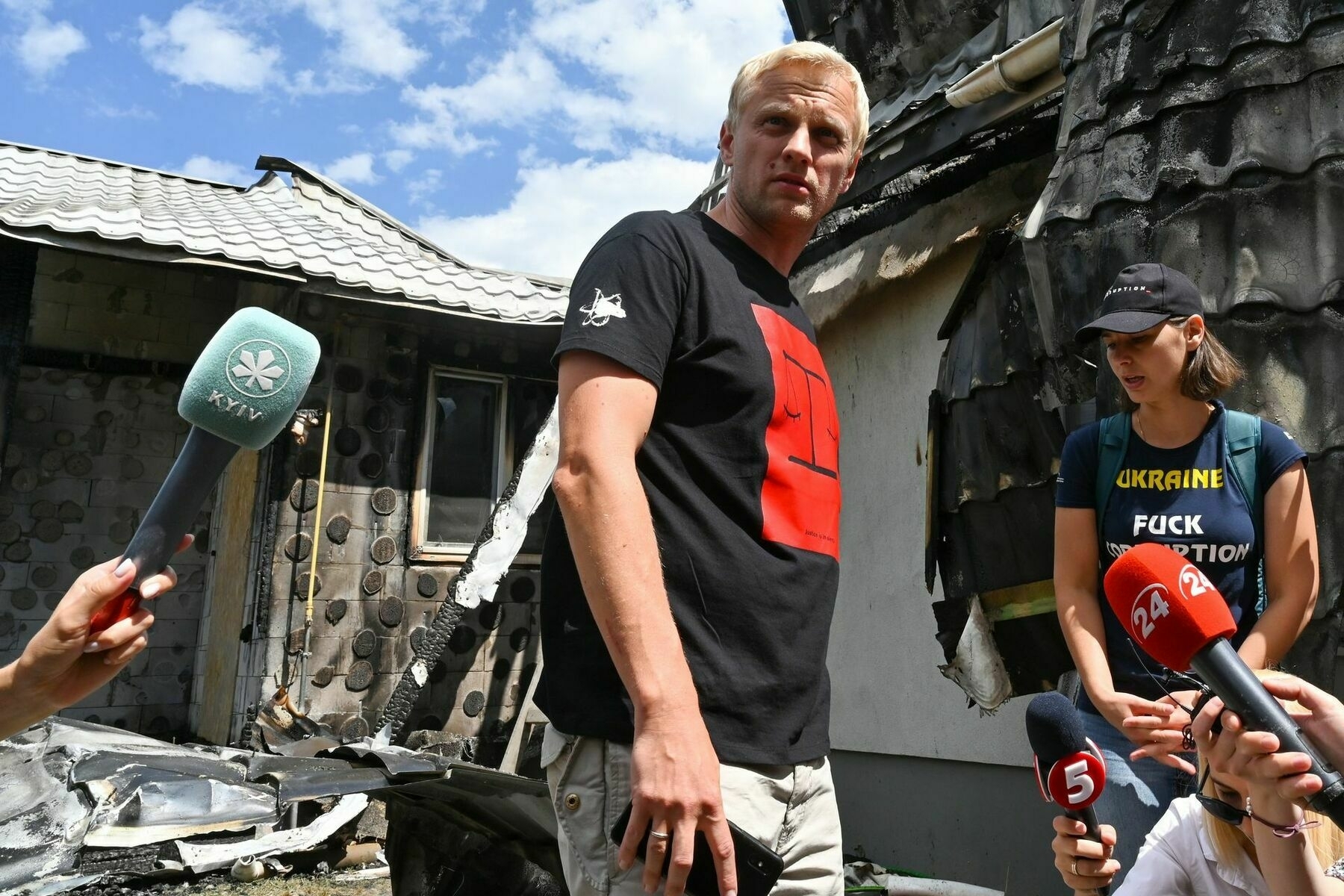
-
How Ukrainian teens are training for war
Since the beginning of Russia’s full-scale invasion of Ukraine in 2022, war has become a daily reality for thousands of Ukrainian children. Some Ukrainian military units, such as the Azov Brigade, offer boot camps for teenagers to teach them the basics of self-defense, first aid, dry firing, and other survival skills — helping them prepare for both the realities of today and the uncertainties of the future.
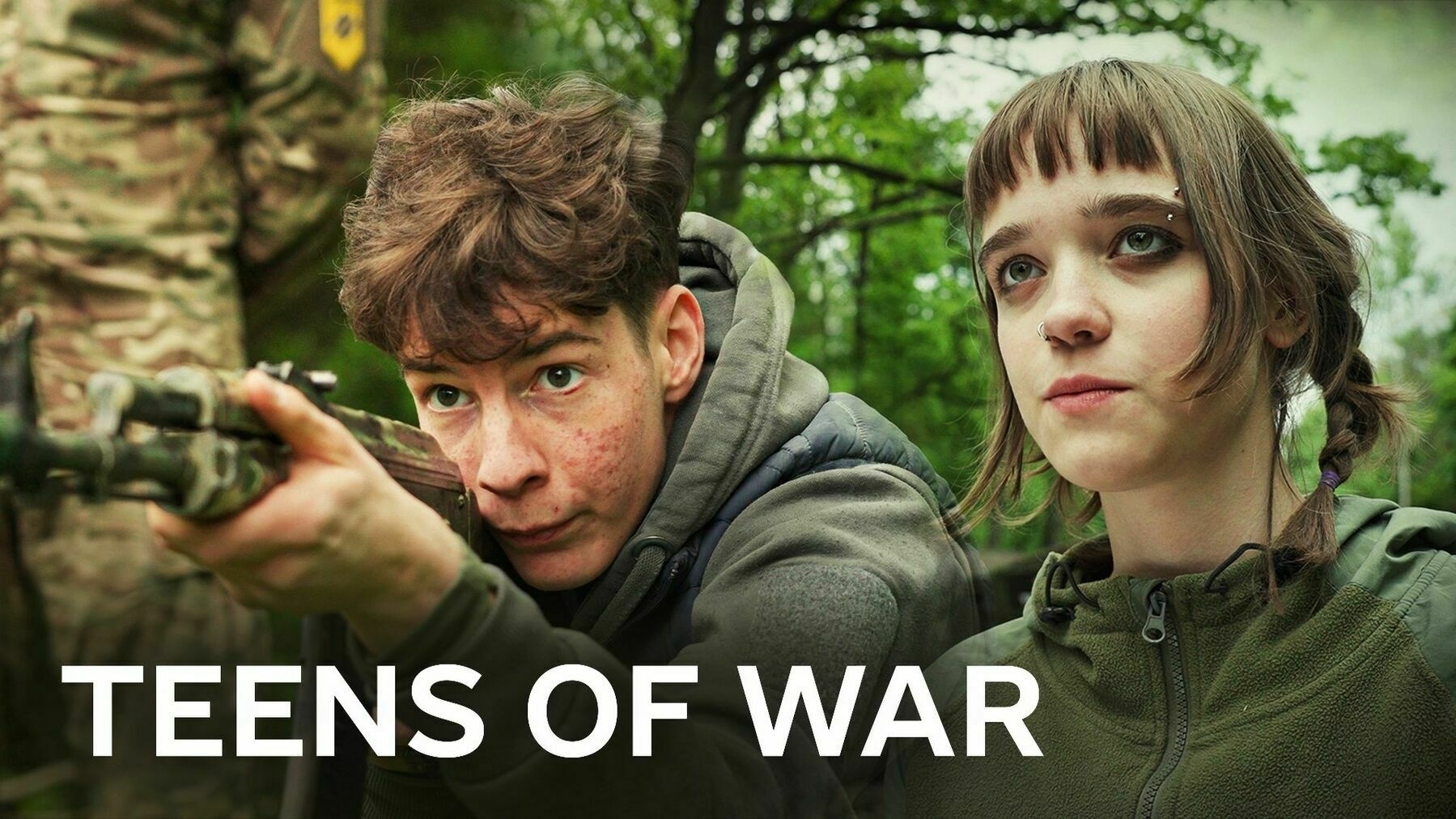
-
Chinese drones, Russia's failure, and the split in OPEC+ — consequences for Ukraine
-
Russia's only aircraft carrier, Admiral Kuznetsov, faces scrapping after years of failed repairs
The Russian aircraft carrier Admiral Kuznetsov, now at the ripe age of 40, could soon be scrapped for metal, following its sole combat mission since its launch. The ship, property of Russia's Ministry of Defense, still awaits a final verdict on its fate. However, analysts find little future for the behemoth aircraft carrier, which they claim could be easily sunk. In repair and modernization for nearly a decade, the Russian Navy's flagship may soon face decommissioning and dismantling, as reported by Russian media outlet Izvestia. Investigative reports reveal that repairs have ceased, with little likelihood of resumption. The primary reasons cited by Russian authorities include budget strains exacerbated by the Ukraine conflict and recurring incidents that have plagued the vessel over the years.
Unnamed sources shared with the media that the Russian Ministry of Defense and the United Shipbuilding Corporation will make the ultimate decision, though it's unclear when this will happen. Meanwhile, consulted experts agree that "Admiral Kuznetsov" is both morally and technologically outdated and should logically be retired. Opinions are divided on whether Russia will commission a successor of similar scale.
Experts suggest different strategic paths for Russia: abandoning aircraft carrier construction due to their high cost and vulnerability, and opting instead to invest in surface drones. Alternatively, Russia might build new aircraft carriers, aligning with its military doctrine which mandates two carrier strike groups by 2030. China and India continue to develop carriers, but experts advise learning from Admiral Kuznetsov's issues and considering smaller vessels. There could also be a shift towards acquiring Chinese J-35 jets or developing Russia's own Su-75 naval fighter.
"The future lies in robotic systems and unmanned aviation. Should the decision be made not to continue refurbishment, the only recourse for *Admiral Kuznetsov* is to cut it up for scrap," stated former Pacific Fleet commander Sergey Avakants, according to media reports.
Launched in the Soviet era in 1985, the Admiral Kuznetsov was built in Mykolaiv, Ukraine. It displaces between 43,000 to 50,000 tons, with a length of 304 meters, a beam of 71 meters, and a draft of 10 meters, manned by a crew of nearly 2,000. It is armed with 20 torpedoes, the "Granit-NK" launchers for 12 missiles, along with four types of anti-aircraft systems. Designed to carry 26 MiG-29K fighters, it has historically deployed 10 Su-33 aircraft, later accommodating two MiG-29KUBs and four helicopters. Its only combat mission was in the Syrian war, launching jets in support of Bashar al-Assad's forces.
There have been multiple incidents involving the Admiral Kuznetsov. Notably, in 2012, it had to be towed post-repair to Russian shores after failing to sail autonomously. A major fire also erupted in 2019 at the Murmansk shipyard.
-
Inside Ukraine’s drone industry: opportunities and challenges for Western partners
The role and capabilities of uncrewed systems are evolving rapidly. KI Insights invites you to an exclusive off-the-record briefing on the latest technologies, tactics, and trends shaping the drone war — and the emerging opportunities for international partners and investors in this fast-growing sector.
Drawing on sources ranging from the
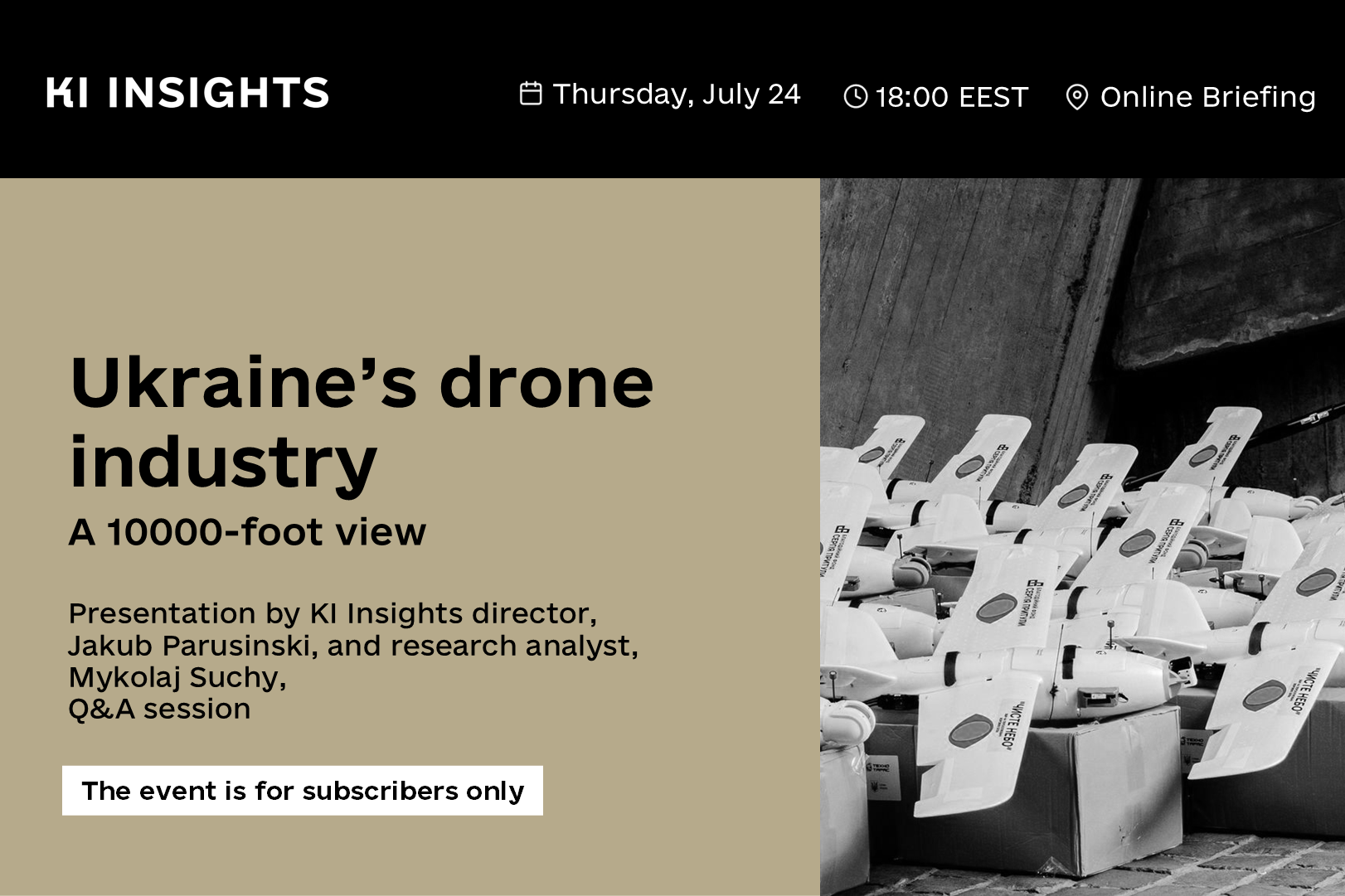
-
Russia confirms brigade commander's death, allegedly linked to Ukrainian strike in Kursk Oblast
Russian authorities confirmed that Colonel Sergei Ilyin, commander of Russia’s 155th Marine Brigade, has been buried, without disclosing the cause of death.
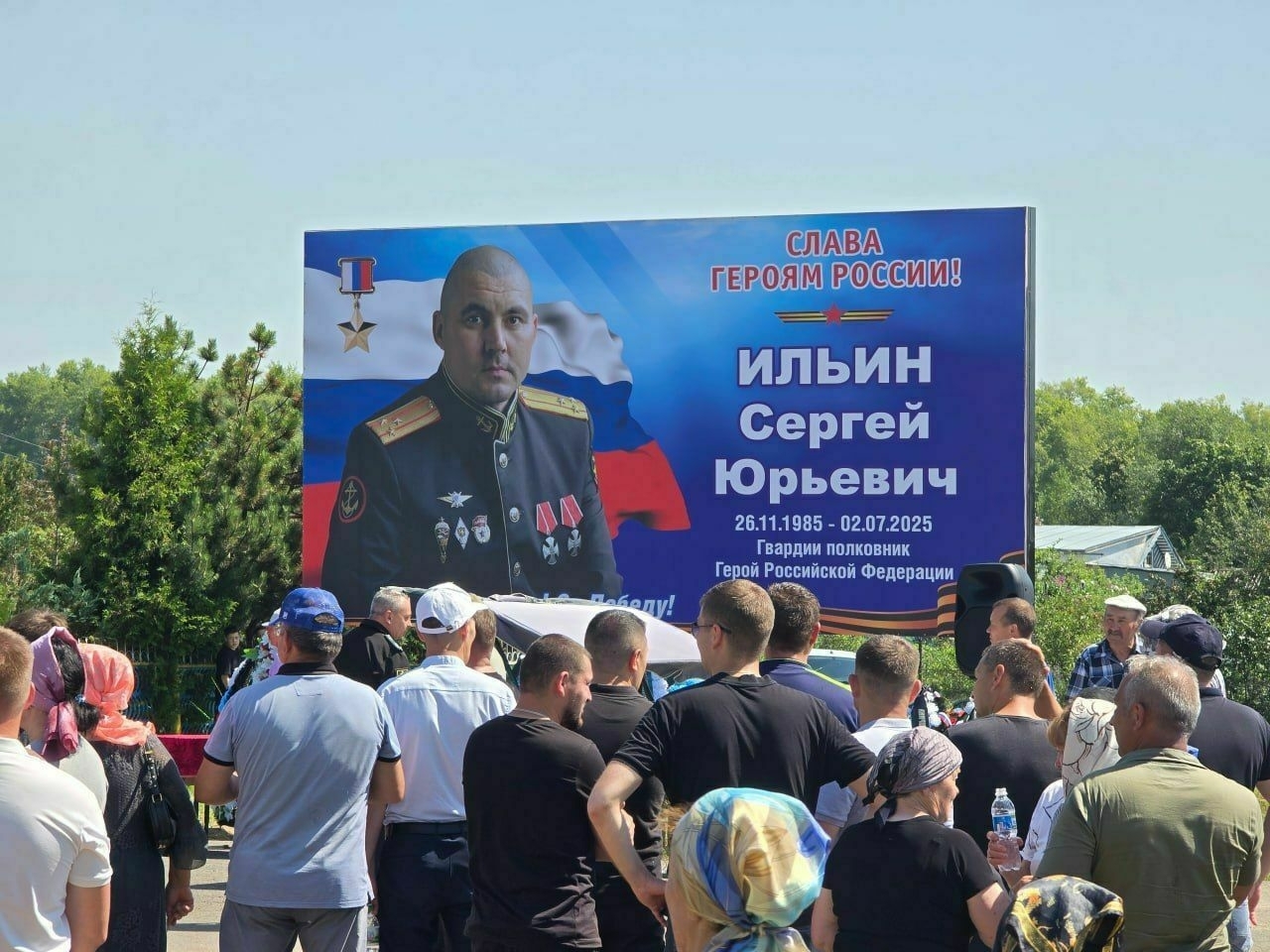
-
Frontline in flames: shelling in Sumy region and drone attacks
-
Ukraine's HUR destroys Russian command post in occupied Melitopol in joint operation with partisans
“As a result of the explosion, a satellite communication hardware station—intended by Russian military leadership to coordinate occupying forces—was also destroyed,” Ukraine’s military intelligence said.
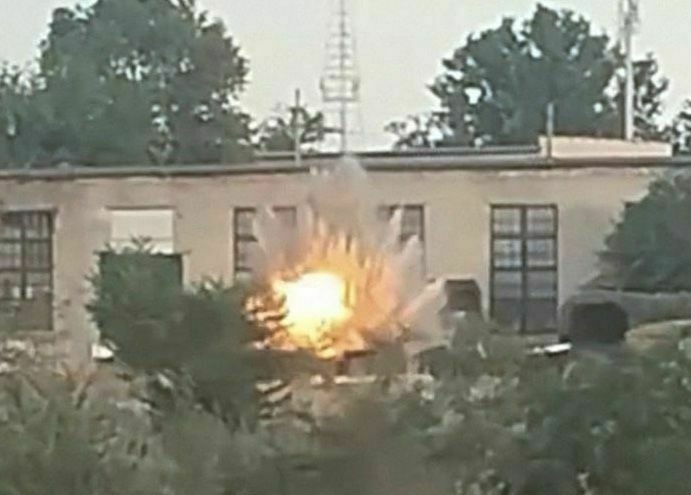
-
Trump's envoy Kellogg to visit Ukraine on July 14
U.S. Special Envoy for Ukraine Keith Kellogg will arrive in Kyiv on July 14 for a week-long visit, he told a Novyny Live journalist at the Ukraine Recovery Conference in Rome.
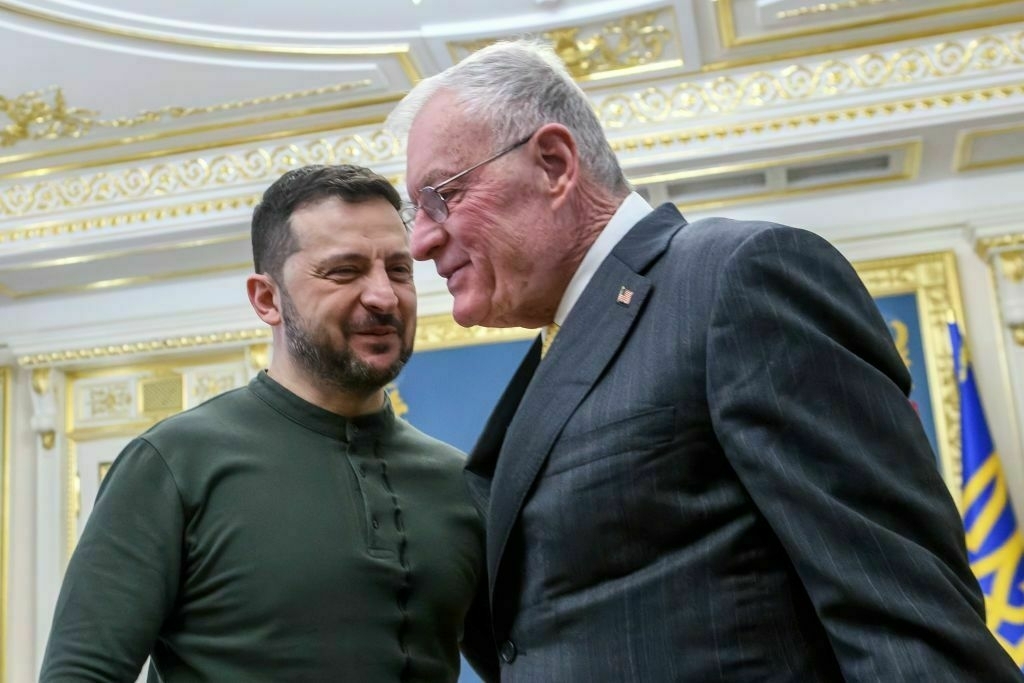
-
Robotics company Tencore raises $3.7 million in one of the largest known investments in Ukraine defense tech
The deal is one of the largest publicly disclosed investments in Ukrainian defense technology since Russia’s full-scale invasion began in 2022.

-
Over 118,000 Russian military personnel killed in Ukraine identified by media, including 523 foreigners
The media investigation has identified 523 foreign nationals from 28 countries who were killed while serving in the Russian army.
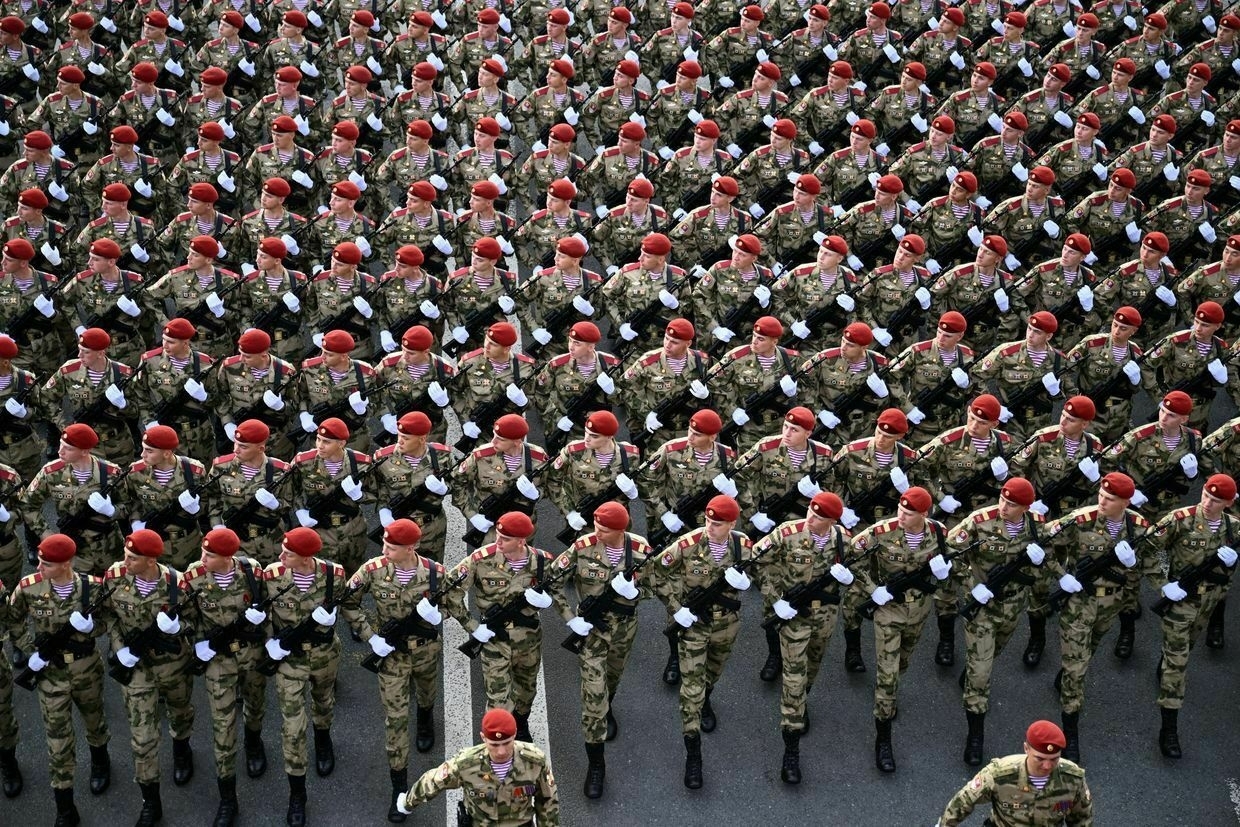
-
Ukraine deploying interceptor drones to defend Kyiv amid surge in Russian attacks
During several months of testing, the system intercepted nearly 550 Russian drones over Kyiv Oblast, an official said.
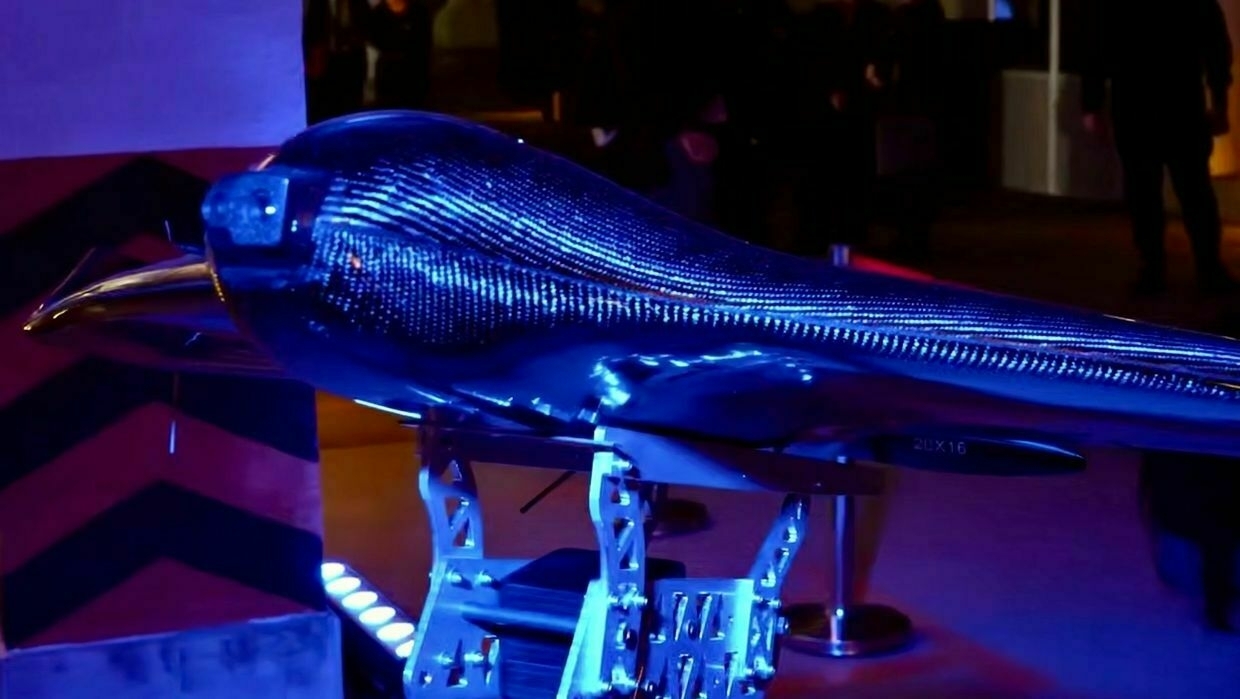
-
Ex-minister's home searched in connection with controversial lawmaker's fraud case
Former Infrastructure Minister Oleksandr Kubrakov denied any connections with controversial lawmaker Yevhenii Shevchenko’s fraud case.
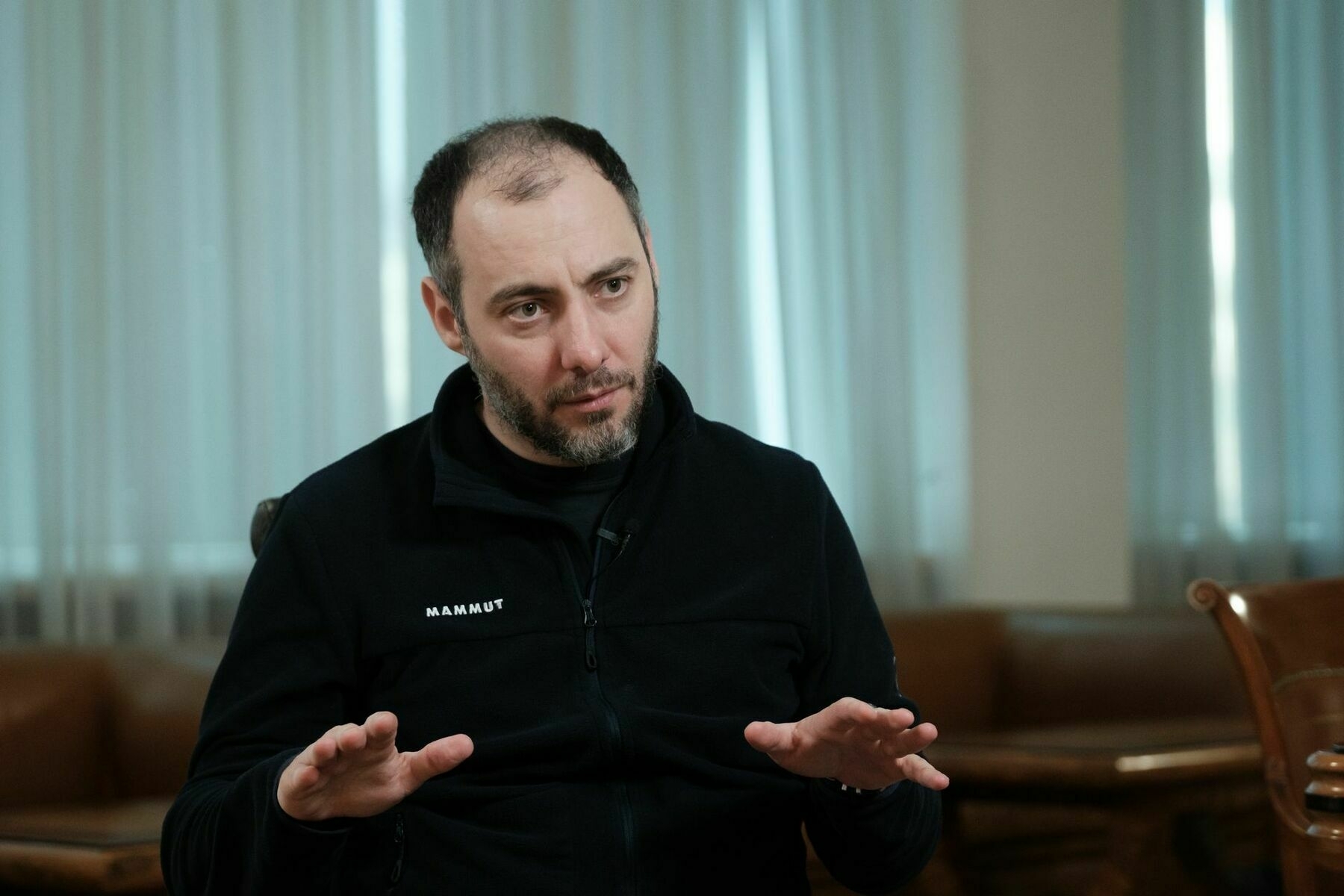
-
Russia arrests truck driver allegedly transporting drones for Ukraine's Operation Spiderweb
Mediazona’s source said that Mikhail Ryumin was unaware that his vehicle was carrying Ukrainian drones hidden beneath the roofs of the frame house structures.
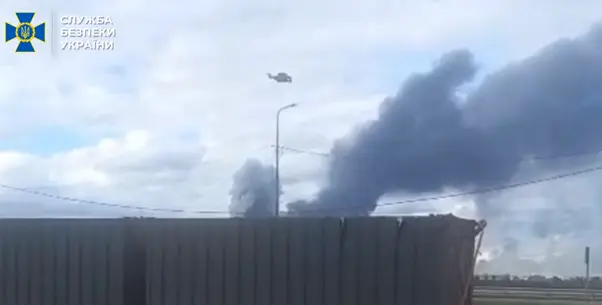
-
Russian attack on Odesa injures at least 8, damages residential buildings
A Russian attack against the southern city of Odesa injured at least eight people and damaged residential areas, local authorities reported.
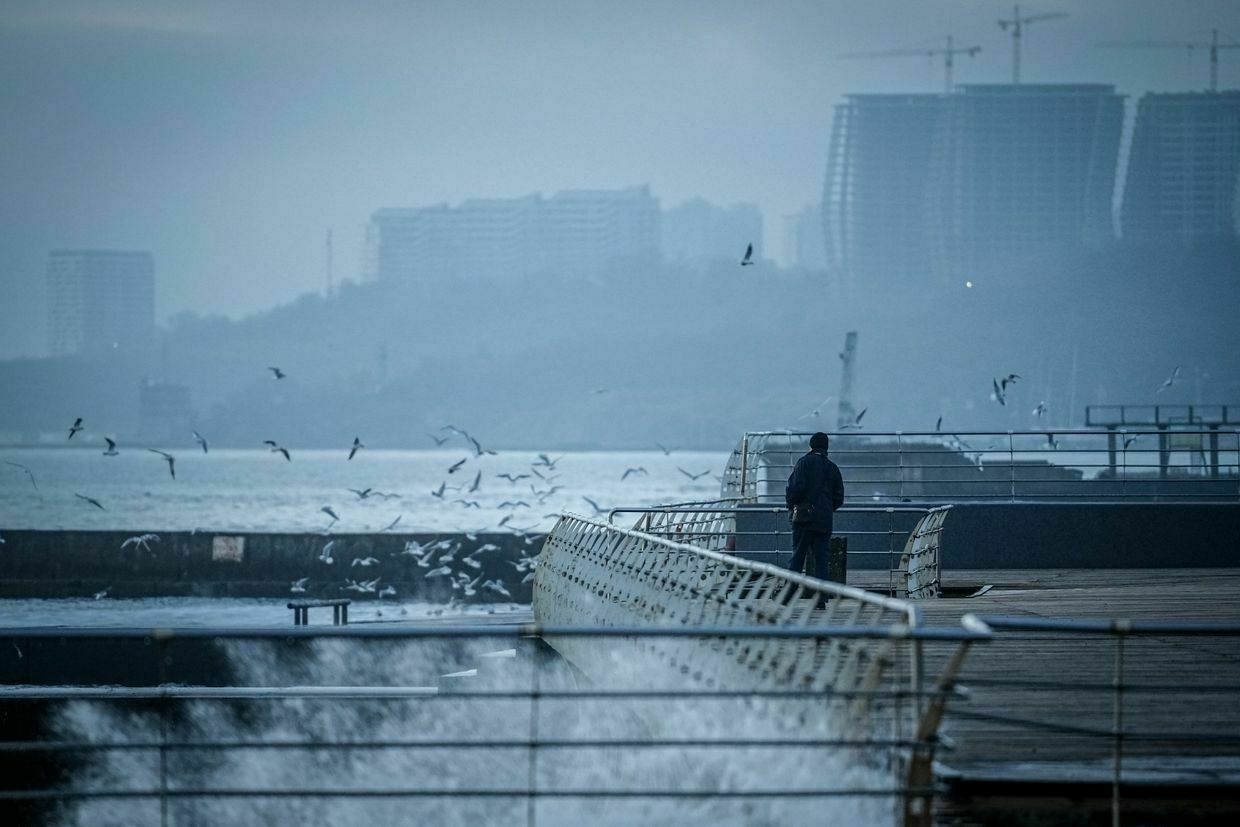
-
Russia must pay at least 500 billion euros in compensation to Ukraine, Germany's Merz says
Russian assets frozen by the West should not be released until Moscow pays back at least 500 billion euros (over $580 billion) in compensation to Ukraine, German Chancellor Friedrich Merz said on July 10 in Rome.
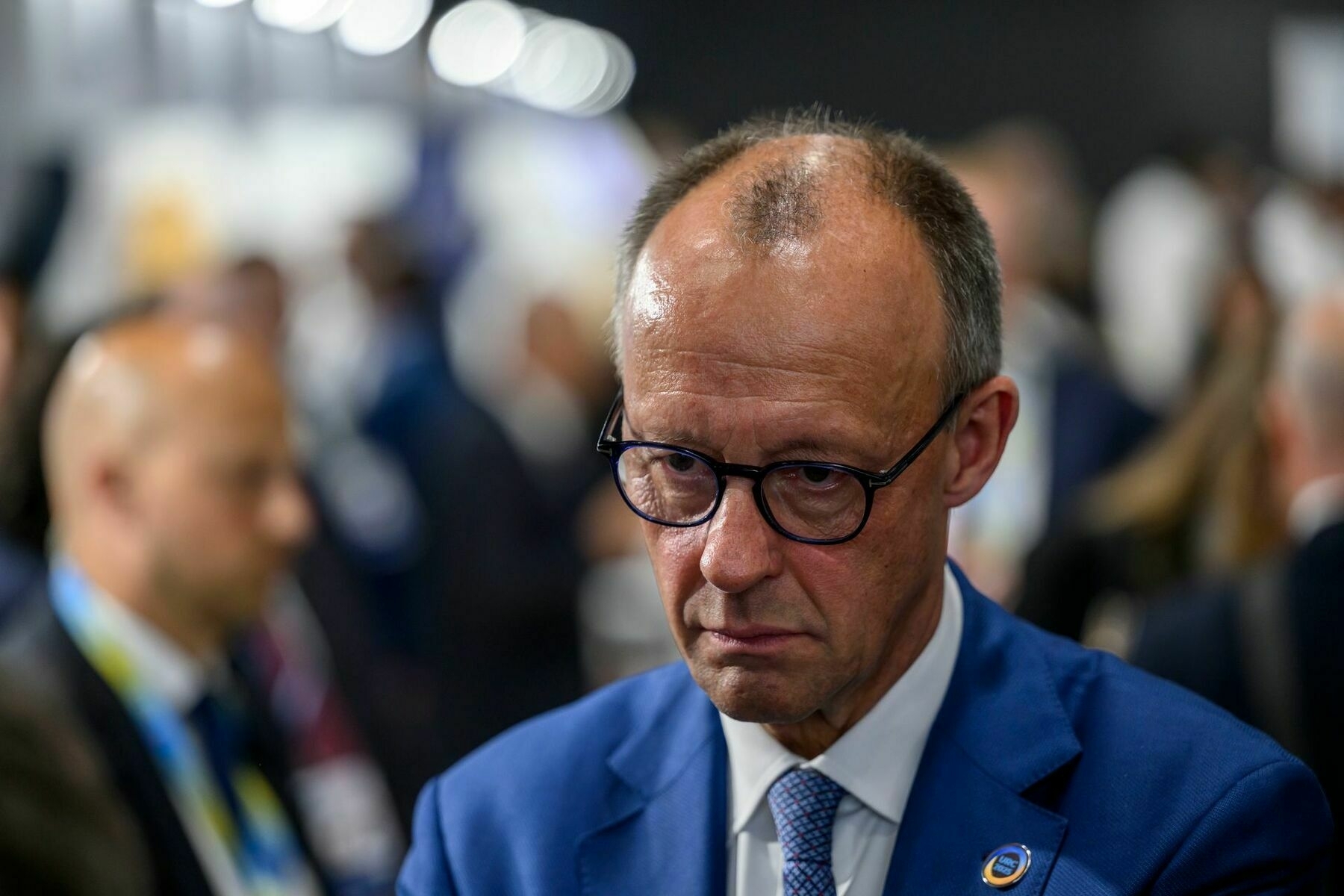
-
Senior Accountant
The Kyiv Independent, Ukraine’s main English-language publication, is looking for a Senior Accountant

-
Junior Accountant
The Kyiv Independent, Ukraine’s main English-language publication, is looking for a Junior Accountant
